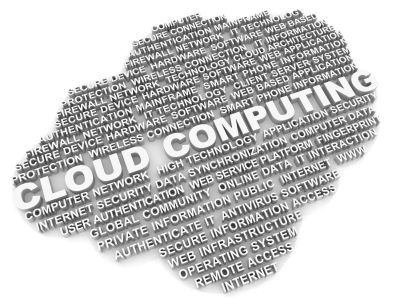 Introduction
Introduction
An operator of over 35 facilities in four states has been using its digital dashboard to effectively manage census, labor, collections, and MDS information. The company’s BI/digital dashboard project manager cited three reasons that it has become an increasingly successful day-to-day management tool.
Reason #1 - Who needs to see what?
Through planning and coordination with its dashboard developer, in this case – PCT’s primeVIEW, this provider has carefully identified who needs to see what. Senior management, together with key corporate department heads, regional VPs, and the IT team, compared the information displayed by the dashboard with roles and responsibilities throughout the organization. From senior management to corporate departments to regional staff to facility administration, the real-time reports were aligned with accountability and action. For example, while senior management may want a global view of Key Performance Indicators (KPIs), such as census, labor, collections, MDS-driven information, critical to them, they did not necessarily need the granularity that the drill-down function afforded to regional staff or corporate department heads. Accordingly, management is able to review reports from primeVIEW which give them the ability to globally assess and address trends, practices, and policies
Historically, view of the dashboard at the facility level had been limited to the administrators and executive directors. However, recently, the company granted permission to department heads to view their specific department KPIs, particularly labor. This gives them the ability to scrutinize such issues as overtime or who may be “milking the clock.” For example, are some employees adding 15 minutes to their punch time in non-productive activities (or malingering)? Because the system refreshes the clocked-in and clock-out times by employee, department heads can identify such issues as they happen.
Reason #2 – Personal Training
Training is critical in two major areas:
- How to access and use the tool and
- How to apply critical thinking to day-to-day tactical and long-term strategic problem solving
Because the system is intuitive and easy to use, most follow-up training takes place on a case-by-case basis after the initial orientation and training. Their BI project manager views the dashboard throughout the day and can tell over time who may need additional support and training tailored to the individual’s needs.
Critical thinking applied to problem solving helps managers effectively resolve problems or seize opportunities. Regional staff works closely with their facility counterparts to interpret dashboard information and create workable action plans.
Reason #3 - Refer to the dashboard regularly; make it a habit
Because the dashboard puts actionable KPIs at the fingertips of those who need it without having to go through someone else, managers can respond quickly. This requires the discipline to refer to the dashboard regularly. Those who do, benefit.
What have been the benefits?
The Project Manager reports that the corporate and regional teams can readily identify the problem facilities and can proactively respond before the issues get out of hand or opportunities are missed. This has resulted in a marked reduction in unnecessary costs and the discovery of opportunities to improve resident/patient services.
/Prime-Care-Technologies-Logo.png?width=191&height=55&name=Prime-Care-Technologies-Logo.png)


/PCT-Trans.png)

